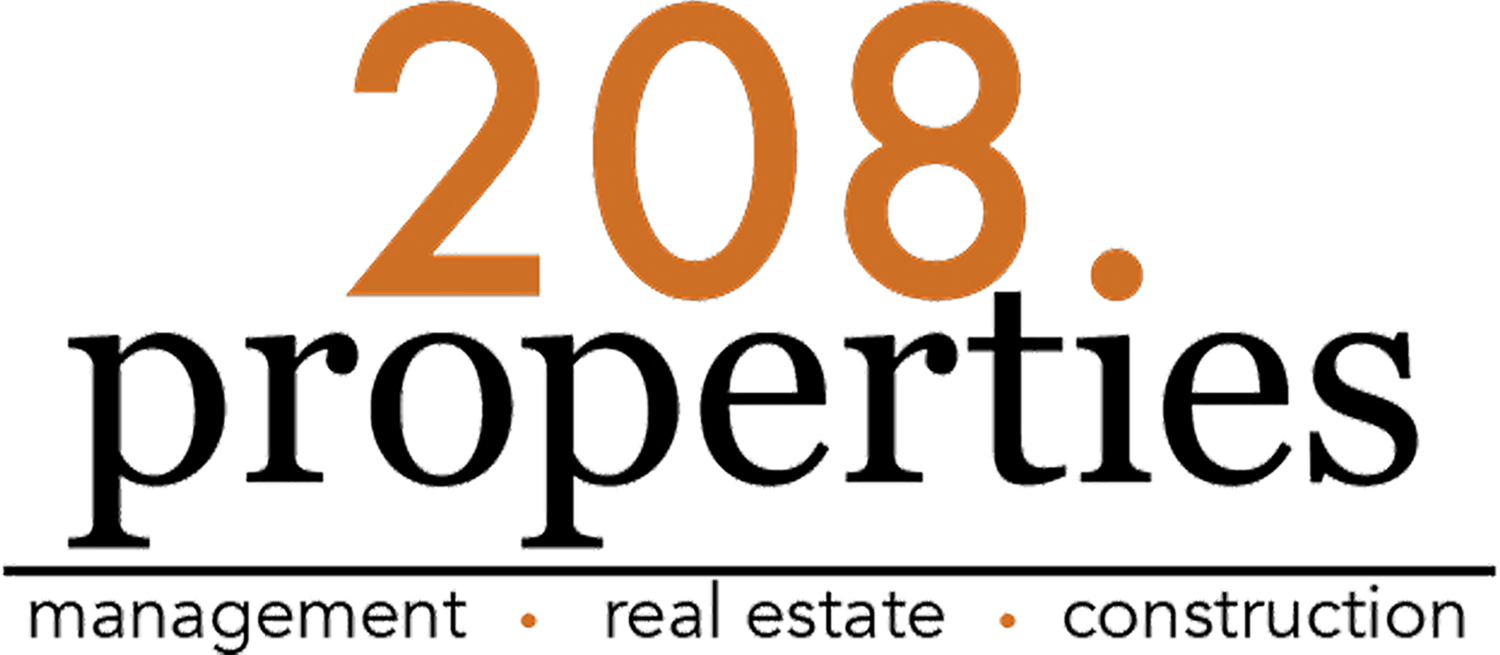In the midst of the coronavirus pandemic and its severe economic consequences, the Federal Reserve has stepped up with measures meant to stimulate the economy and housing market. This should be comforting, right?
Well, the truth is the same actions that have created record-low interest rates have jeopardized key elements of the mortgage lending process from the back-end. By cutting into the profit margins of mortgage lenders, the Federal Reserve has restricted the available funding for mortgage products and thereby limited product options. This means a tighter and slower mortgage market when we were supposed to get the opposite.
Here’s what you should know.
First, mortgage products are getting scarcer all the time.
Maybe you’ve encountered it yourself. Maybe you’ve only heard the rumors. But the truth is that despite the low interest rates on mortgage products, supply isn’t rising to meet the demand. In fact, the reason demand for refinancing and home loans is so high is the same reason these products are vanishing.
If interest rates are low, why is it harder to get a mortgage?
By cutting interest rates and buying up mortgage-backed securities, the Federal Reserve has critically limited the asset value of the mortgage servicers who manage these loans into products that are profitable enough to warrant existing.
These servicers manage mortgages on an investment basis—an investment that typically takes 3 years to turn a profit on. With the lifespan of these mortgage loans falling to less than that in the rush of refinancing that low interest rates have caused, mortgage servicers are placed in a precarious financial position.
Mortgage servicers have a responsibility to pay the investor who owns the mortgage-backed securities your mortgage is bundled in to. Your monthly mortgage payment is handled by the servicer before reaching the investor. So to make matters worse for mortgage servicers, the mass unemployment caused by the coronavirus has also limited their ability to pay investors, as more and more Americans cannot make their own mortgage payments.
These problems create snowballing effects that often result in margin calls, which can be the final nail in the coffin on the availability of market-stimulating loan products.
What are margin calls?
A margin call is a loan broker’s request for a financier to invest more money or securities in the event that a margin account containing loan-purchased securities falls below a required value. This can occur when interest rates fall below expectations, effectively cutting the value of the margin account loan product.
Since mortgage interest rates have fallen to record lows in response to the coronavirus pandemic, these margin calls are happening across the nation. This means that mortgage lenders are placed in difficult positions. Many will be unable to provide the funding—sometimes amounts in the hundred-millions—for these margin calls. Lenders that manage to stay afloat will have to rapidly adjust, severely limiting mortgage loans and/or discontinuing rate-locking agreements with borrowers.
Second, don’t count on locking an interest rate.
If you’re looking to borrow for a mortgage loan, you shouldn’t count on your ability to lock-in at a low interest rate. Mortgage companies typically offer a locked-in rate for a period of time in order to provide their clients with a product they can afford, but doing so isn’t free for mortgage lenders.
In order to lock in an interest rate, lenders have to buy down an interest rate that rises before the loan is closed. Normally, this is fine because lenders manage a hedge position that acts as an insurance policy. When rates go up, a hedge position can return the money they’ve paid into it to shore up losses, just as your car insurance keeps you from losing thousands of dollars in an accident. When rates go down—as the case has been—lenders pay into hedges at a consistent loss.
These losses can once again trigger margin calls, making locked interest rates a risky move for lenders in this chaotic mortgage market.
Third, mortgage borrowing is going to be difficult.
Interest rates may look good, but with all these factors making mortgage borrowing risky on the lender’s side, eligibility requirements will get a lot more conservative.
If you are looking to borrow and have a secure job that hasn’t been affected by the pandemic and likely won’t be—in combination with a good credit score and debt-to-income ratio—then this might be an ideal time for you. Low interest rates on an ideal mortgage product will likely be available.
For borrowers in less ideal situations, you may need to wait until the worst of the pandemic blows over and the economy begins to regain a stable footing. Underwriting guidelines on mortgages are going to keep getting stricter as we await to see the full impact of COVID-19 on our economy and housing market.
Fourth, expect long closing times.
With the massive load of refinancing and borrowing at lower rates, financial institutions are struggling to keep up. Some have estimated 45-90 delays on underwriting and securing the financing buyers need to close on that home. This is going to significantly slow the housing economy, affecting the incomes of real estate agents and investors while we wait for the world to return to a normal rhythm.
In short, you should plan for slowdowns however you can and inform your clients of the current mortgage situation. The coronavirus and its economic consequences have forced us all to adapt quickly to sudden, massive changes in nearly every industry, but that doesn’t mean this is the new normal. Mortgage lending and home sales will return to a less chaotic state, just as they did after the 2008 recession. It’s only a matter of time.
In the meantime, stay safe and remember we are all in this together. For more information on real estate and property management during the coronavirus pandemic, contact 208.properites today.



